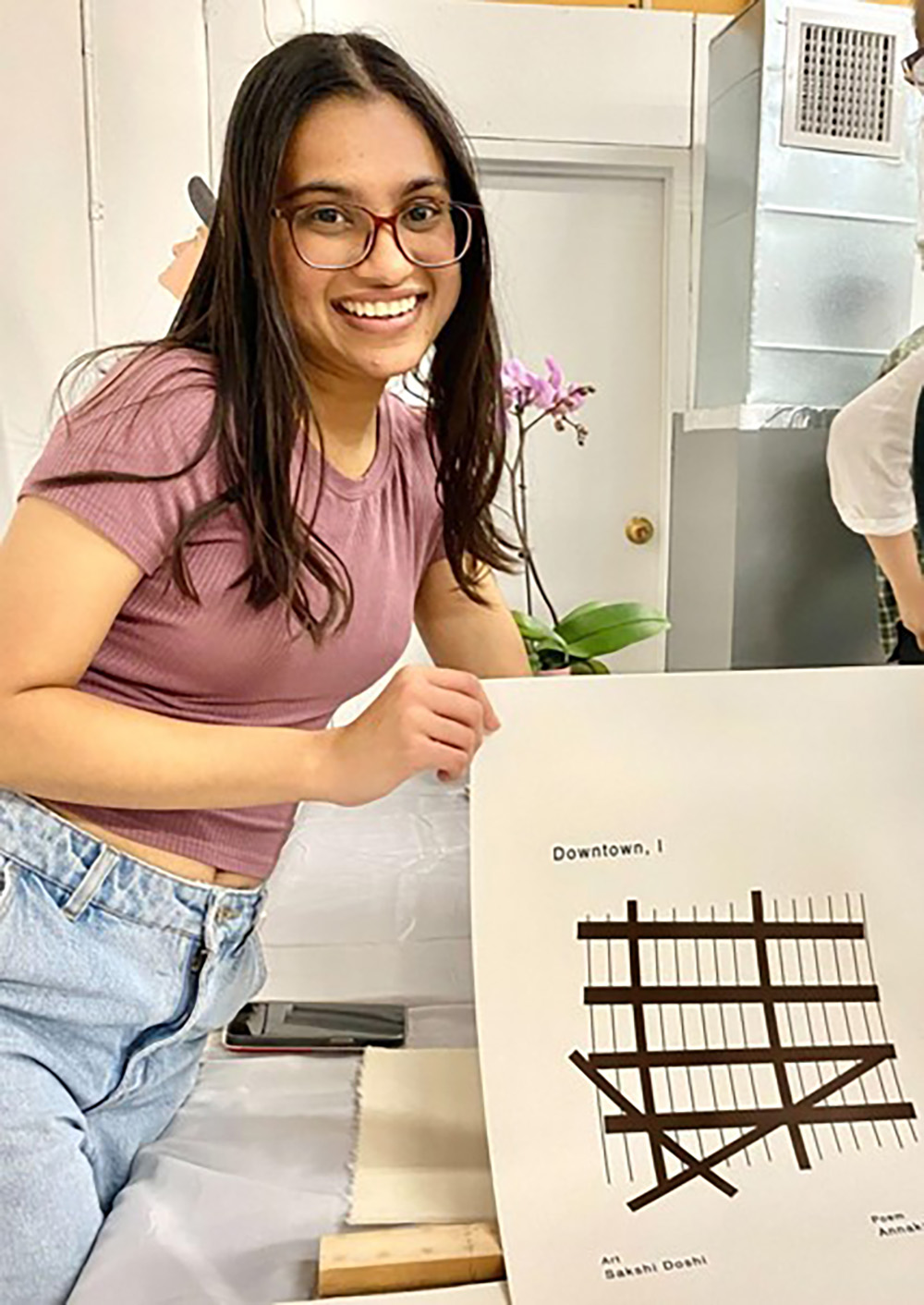The intersection of abstractionism and minimalism within the urban landscape offers a riveting avenue for exploring form, space, and perception, presenting a unique lens through which the complexity of urban environments can be distilled into more understandable and aesthetically pleasing elements. This synthesis of artistic approaches allows for a reinterpretation of urban spaces, transforming them from mere functional entities into subjects of visual and conceptual intrigue.
Abstractionism, when applied to the urban context, encourages artists and observers alike to view the cityscape not as a chaotic amalgamation of structures and signs but as a composition of essential visual elements. By breaking the urban landscape into geometric shapes, lines, colors, and grids, abstractionism facilitates a deeper understanding of the underlying patterns and rhythms that define urban spaces. This approach does not merely strip the city of its practical identity. Still, it reimagines it as an arena of abstract forms, inviting viewers to experience familiar environments in novel and unexpected ways.
Minimalism in the urban landscape further complements this exploration by seeking to eliminate unnecessary visual clutter. By focusing on the essentials of form and space, minimalism in her work challenges the viewer to appreciate the raw materials she has used with simplicity and craftsmanship, emphasizing the importance of each element within the urban composition. Buildings, grids, concrete, bricks and other urban elements are redefined not by their functional significance but by their contributions to the overall aesthetic and spatial harmony. This reductionist approach provides a counterpoint to the often overwhelming complexity of urban environments and promotes a sense of tranquility and order amidst the urban chaos.
The Indian artist Sakshi Doshi is an extraordinary interpreter of this art. She fuses abstractionism and minimalism within urban landscapes. Her work not only serves an aesthetic purpose but has profound implications for how individuals perceive and interact with their environments. This vision of Sakshi encourages a more conscious engagement with urban spaces and light, encouraging people to notice and appreciate details that might be overlooked. Whether it’s the play of light and shadow on a building’s facade or the rhythmic pattern of windows and balconies, this combined approach reveals the hidden surprise in mundane urban features, fostering a deeper connection between people and their surroundings. Sakshi reinterprets urban landscapes through abstraction and minimalism, having the potential to influence urban planning and architecture.
Sakshi’s art reflects her rich Indian heritage, showcasing traditional engraving, intricate fabrics, and modern Indian art. Her comprehensive exploration of these diverse artistic disciplines is complemented by her in-depth study of abstractionism and urban minimalism, enabling her to create interdisciplinary works. This fusion makes her art a captivating balance of simplicity and complexity, creating harmony from chaos. Her works often feature simple lines and monochromatic colors, elements that imbue her creations with a sense of tranquility and warmth, making them both welcoming and relaxing to the viewer.

In the memory of Baroda
One notable example of Sakshi’s innovative approach is her piece titled “In the memory of Baroda”. In this work, she employs a distinctive technique called ‘Monotype’ involving the use of a hot iron and fresh ink to create textured, layered compositions. This method not only showcases her technical prowess but also reflects her ability to blend traditional Indian artistic practices with contemporary methods. The resulting artworks are characterized by their dynamic interplay of form and space, capturing the essence of urban landscapes while maintaining a link to her cultural roots. Sakshi’s talent for merging these diverse influences has garnered significant attention in the art world.






